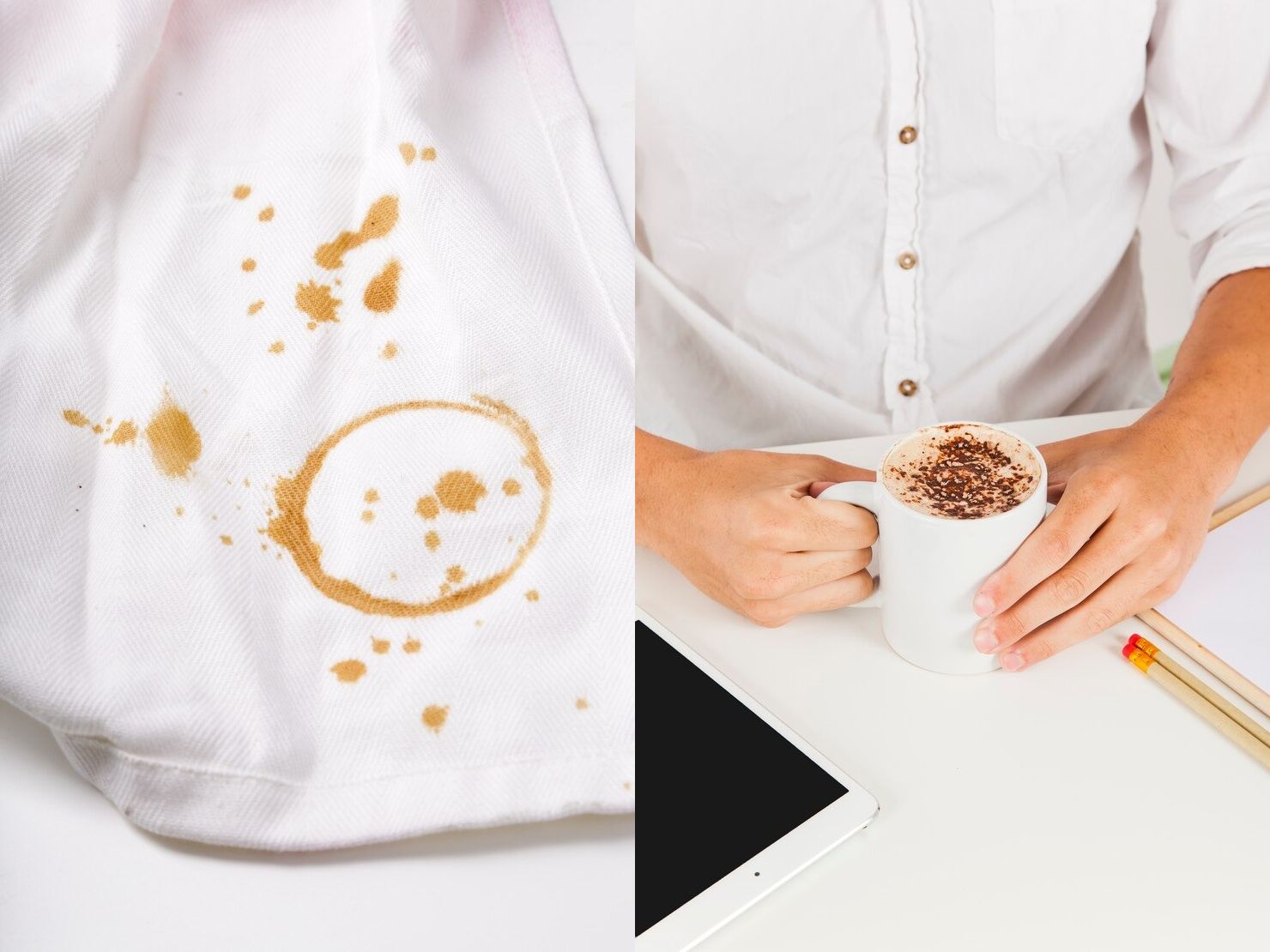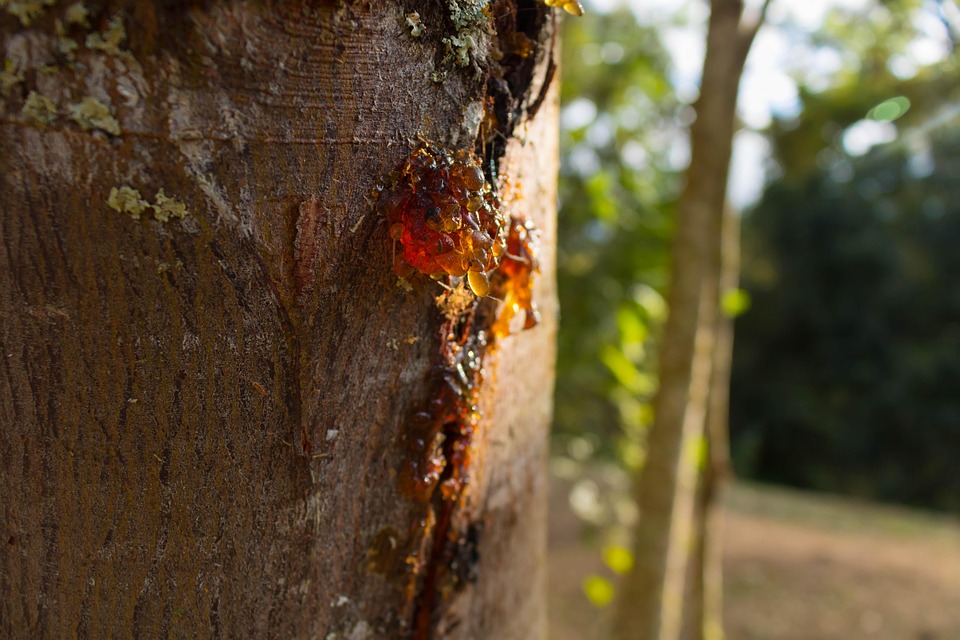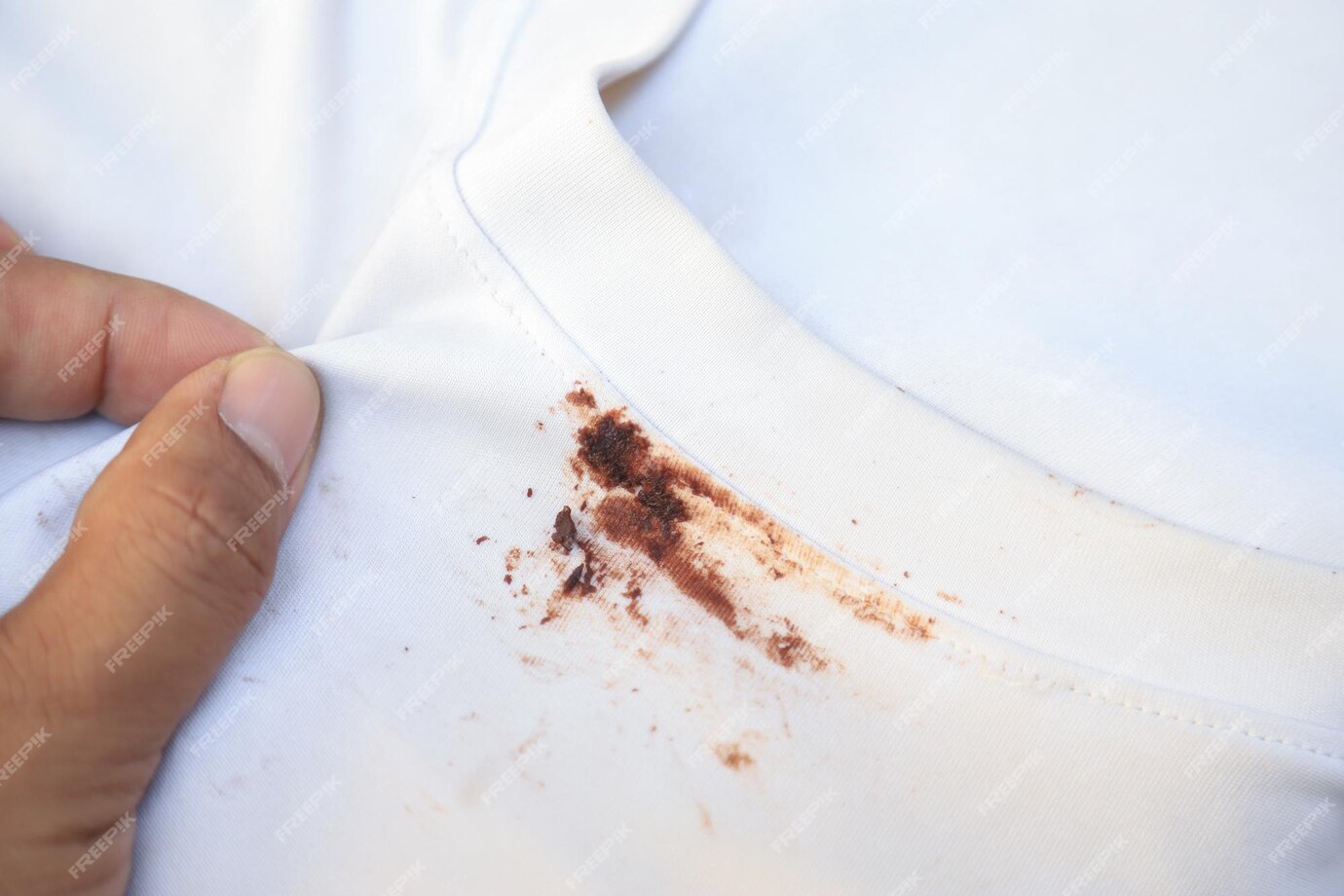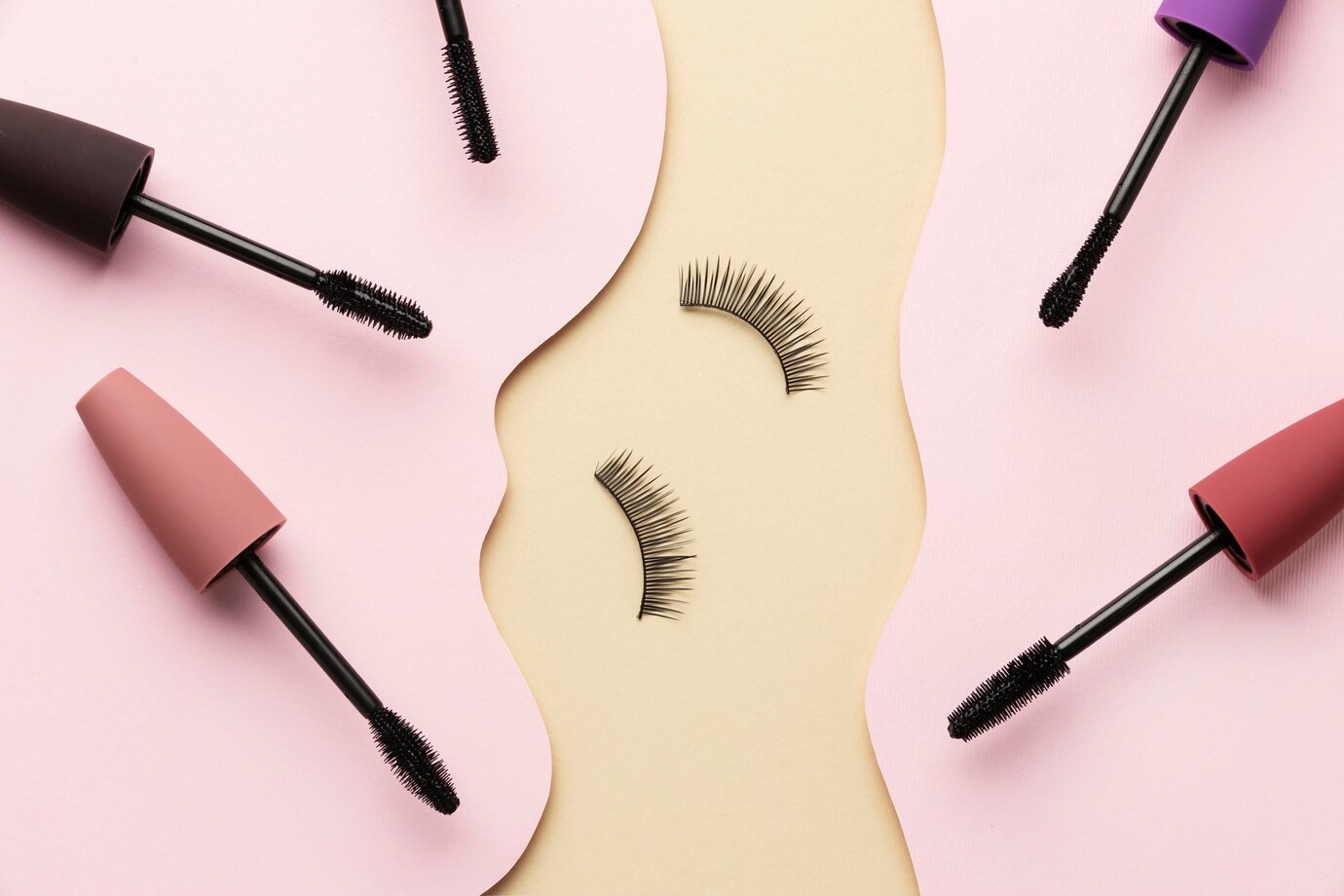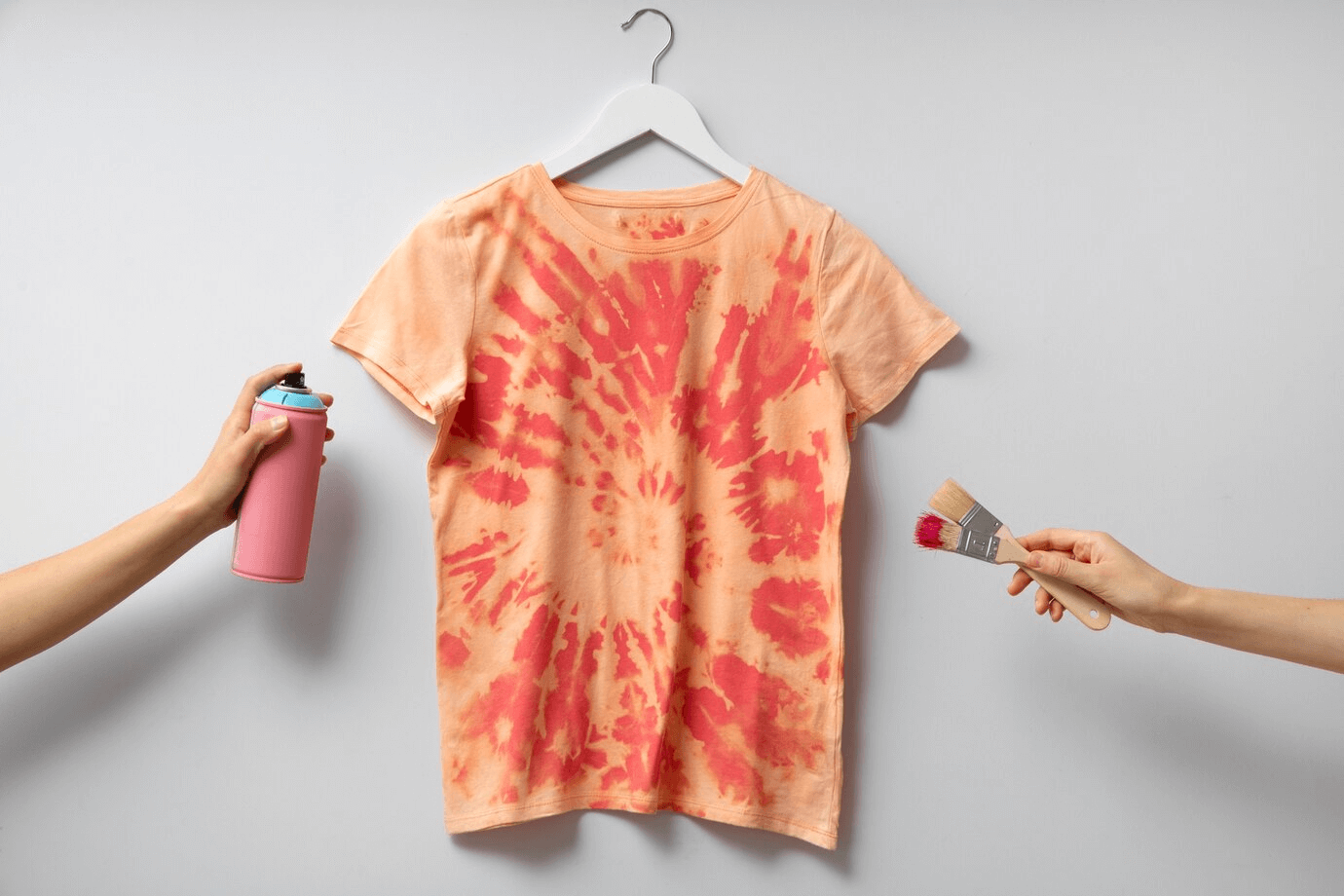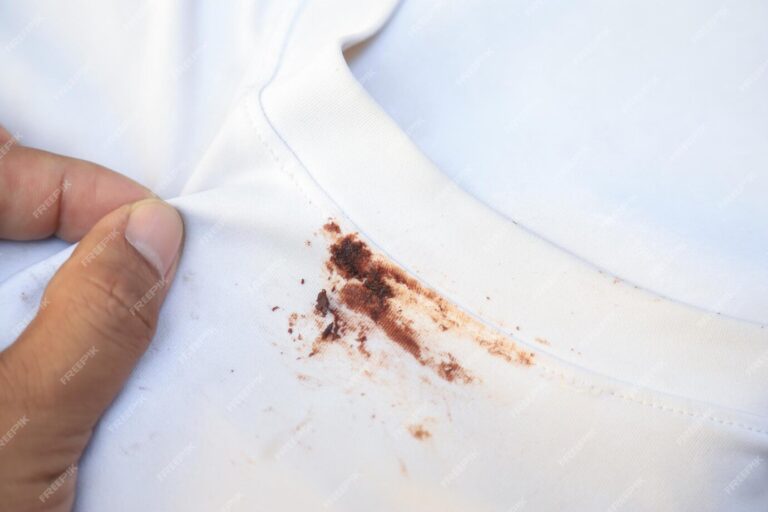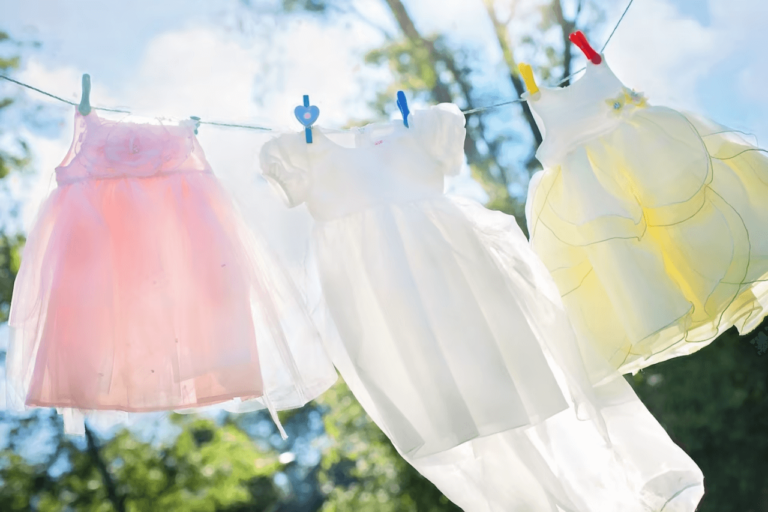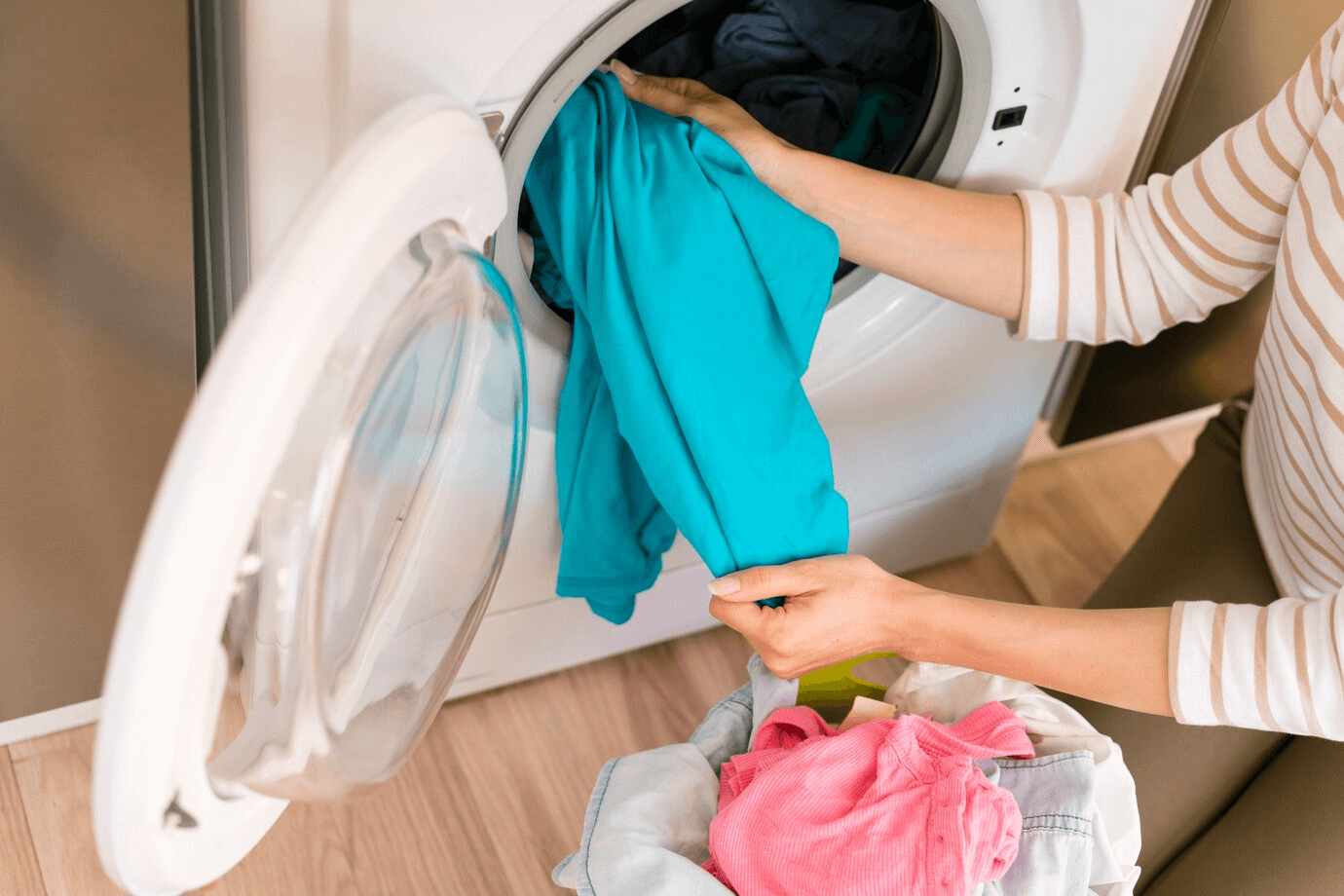
Grease stains, who hasn’t accidentally gotten them on their clothes while cooking, eating or working? If you’re not careful, they can leave stubborn marks. Don’t worry, today we are going to talk to you about a few simple but effective tips to make your clothes shine again!
1. Use Detergent on Grease Stains
When a grease stain first appears, react quickly! There’s a super easy way to do this and that’s with dishwashing liquid. Yes, you heard it right, the same dishwashing detergent we usually use to wash our dishes.
Steps:
First, slightly wet the grease stained area with warm water.
Next, apply a small amount of detergent to the grease stain and gently massage it for a few minutes to let the detergent soak in.
Then, place the garment in the water and scrub until the oil stain slowly disappears. If the stain is stubborn, scrub it a few more times.
Finally, wash the clothes in the regular wash.
This method works for most oil stains and the results are immediate! Not only does it save time and effort, but the detergent won’t harm your clothes.
2. The Magic of Baking Soda
If you have baking soda at home, you have found a cleaning tool. Baking soda can easily remove grease stains without damaging your clothes. Its ability to remove stains should not be underestimated, especially if the stains are large.
Steps:
Sprinkle baking soda directly onto the grease stain in a medium thickness, not too much.
Use a soft-bristled brush to gently brush the area, allowing the baking soda to come into contact with the oil stain.
Wait about 10 to 15 minutes and then rinse with warm water.
Then, wash your clothes normally as you normally would.
Baking soda not only removes oil stains, but also removes odors. For some common oil stains, baking soda is a tried and true helper.
3. Flour or cornstarch to absorb the oil
If you want to try a simpler method, then try the common flour or cornstarch at home. They are very good at absorbing oil and can help you remove grease stains quickly.
Steps:
Use a paper towel or cloth to gently absorb the excess oil from the surface of your clothes.
Then, sprinkle the flour or cornstarch over the oil stain, covering the entire area.
Let it sit for 15 to 20 minutes to allow the powder to absorb the oil stain.
Brush off the powder with a soft-bristled brush or an old toothbrush, then rinse with water and finish with normal laundry.
This method is easy to use, doesn’t require too many complicated steps, and works very well for clothes with light oil stains.
4. Use alcohol to clean oil stains
If the oil stains are fresh, then you can also try alcohol. Alcohol is not only good at removing stains, but it also doesn’t damage the color or texture of your clothes.
Steps:
First, dip a clean cloth or sponge in an appropriate amount of alcohol.
Then gently rub the area of the oil stain until it fades away.
If there are a lot of oil stains, you can rub more times until the oil stains are completely gone.
Finally, proceed to regular washing.
But be careful, alcohol is best not poured directly on the clothes to avoid spreading to other areas, it is best to use a cloth or sponge to wipe.
5. The classic combination of washing machine + laundry detergent
If all the above methods used but the oil stains have not completely disappeared, then you can try the powerful washing mode of the washing machine. Washing with a concentrated laundry detergent is another way to ensure that the oil stain is completely eliminated.
Steps:
First, soak the clothes in warm water with enough laundry detergent and let it sit for 10 minutes.
Then, place the clothes in the washing machine, select the appropriate wash mode and wash them once.
When finished, take the clothes out and check if the oil stains are completely removed.
This method is best for clothes with stubborn oil stains, but avoid using it too often to prevent excessive friction on the fabric.
6. Prevention is better than cure
After all these methods of removing oil stains, we still need to mention prevention. The easiest way to avoid grease stains on your clothes is to wear an apron when cooking to avoid splashing food oil on your clothes. If you’re eating out, it’s best to check your clothes before you eat to see if there are any drops of oil sticking to them. Simple prevention can reduce a lot of trouble!
Of course, preventing oil stains is also a very important step, wear an apron and protect your clothes!
